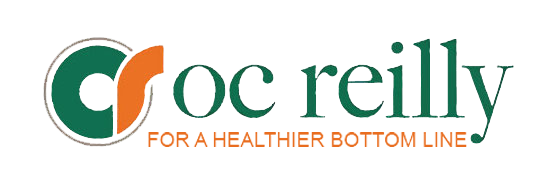By Mick O’Connor, Financial Analyst, OC Reilly, Inc.
(April 15, 2019)–How many? Where are they? Who needs them, and when? You want to simplify inventory? That’s what it boils down to.
Of course, the simplest concepts can sometimes be the most challenging to execute. But experts believe proper inventory management – in health care, especially – holds the key to successful supply chain operations.
“Standardization of medical supplies is often the first and most efficient way for organizations to transform for reduction of waste and provide cost savings,” according to an article* in the January / February 2019 edition of Supply Chain Strategies & Solutions. “This endeavor has to have buy-in from the clinicians / providers and supply chain managers. If both parties are in agreement, this process will result in efficiency.”
We have seen this concept play out in real time, as OC Reilly has worked for the past two years with a major health network to establish effective inventory management across its flagship hospital’s perioperative areas, including the operating rooms, pre- and post-op areas, and sterile processing department.
The network engaged our services to generate positive bottom-line results through cost savings from PAR optimization, increasing management awareness and involvement, right-sizing the inventory, identifying areas of obsolescence, and identifying and eliminating duplication.
The practical parts of this project – assessing the inventory, establishing clear systems and protocols, and so on – has actually been easier than the more subjective culture change required to keep the momentum going. Just as the magazine article cited above said, the various constituencies involved must achieve buy-in.
That is why our team – which reports to work every day onsite at the hospital, not in our offices – remains actively on the front lines, working with hospital staff, providing guidance and direction on what we’re doing and explaining why. We work to engage the hospital’s suppliers, as well, since their connection to the success of the project is critical.
We have found that consistently reminding our hospital client employees that the end-user we’re trying to serve better could be their grandmother, sibling, or child, puts the work into perspective. Yes, inventory management at its simplest represents counting and accounting. But when you realize that these decisions and actions impact real patients, real people, the justification for making improvements becomes clear and accepted.
© 2019 OC Reilly, Inc.
* http://www.ahrmm.org/knowledge-center/resources/article/inventory-management-is-the-benchmark-of-a-tactical-supply-chain
